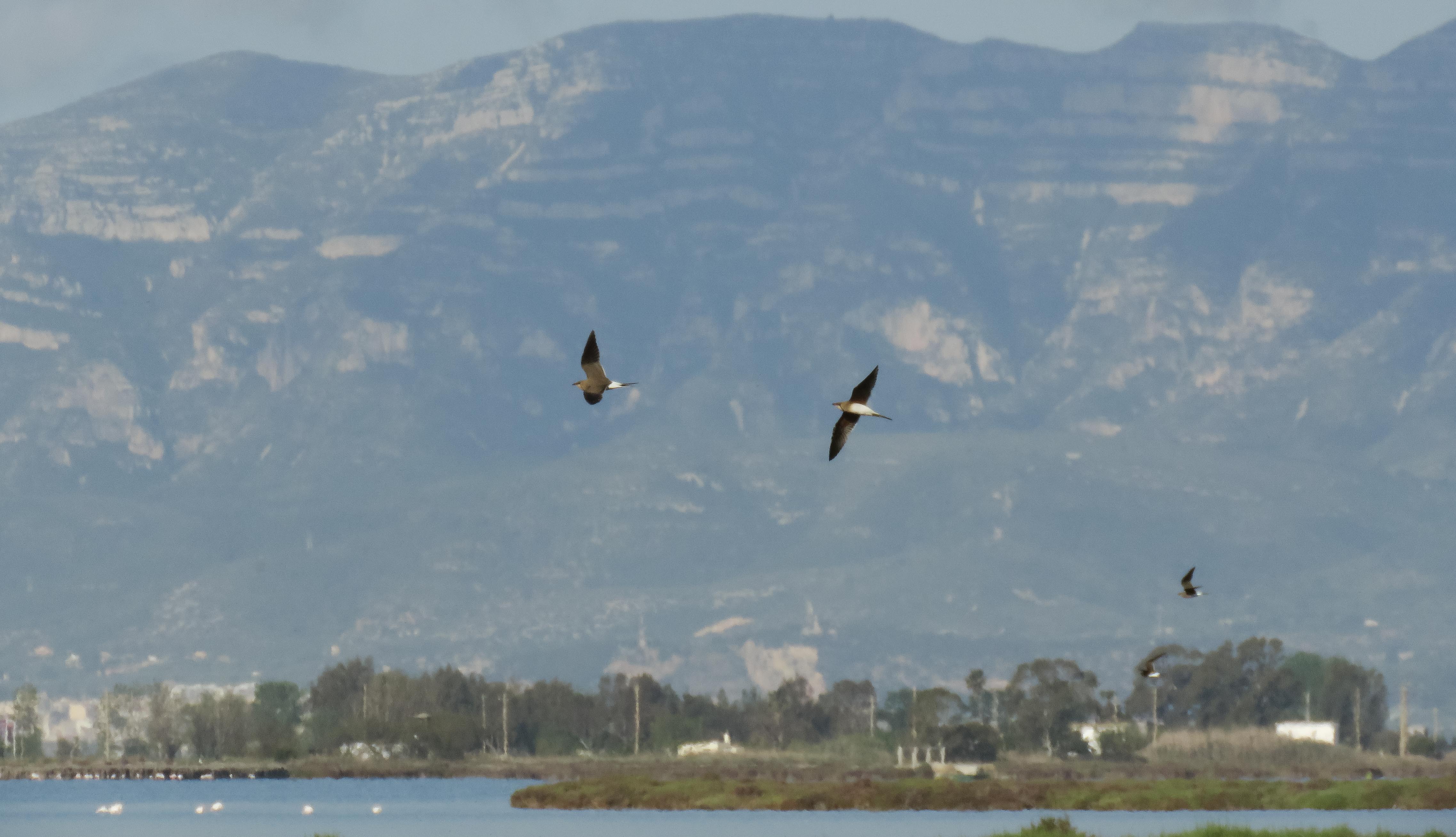Red-throated Diver 9E, 2W
Gannet 3E, 1W
Brent 42E
Scoter 5E
Auk sp. 5E
Mediterranean Gull 2E ad s/p
Corn Bunting 15
Raven 5+
Cuckmere
Mediterranean Gull 1 ad s/p
Caspian Gull 1 3s
Yellow-legged Gull 1 2w

Its structure immediately commands attention by virtue of its small pear-shaped head showing a long and low sloping forehead and never-ending lores that combined with its long bill gives the classic snouty expression. Its long thin neck shows the additional 'Adam's apple' bulge at the front. Its rather long and slightly decurved gape line is also visible.

Its long bill appears slim with a weak gonydeal angle and a gently curved tip to its upper mandible. The red spot on its bill is clearly restricted to its lower mandible. Caspian Gull is often described as a gentler looking, more elegant bird than Herring Gull neatly encapsulated by this image.
Males are longer-billed than females and it's hard to imagine they come much longer-billed than this individual! Slightly more side-on it appears flat-backed with only a slight tertial step and is clearly long-winged with only small white tips to its primaries.
Stood at this angle it takes on an ungainly appearance being curve-necked, deep-breasted and showing an obvious ventral bulge.
Whilst near-adult the subterminal dark bar on bill and dark marks on a few of its coverts, restricted dark centres to its tertials and dark marks on its tail age it as a third-year. The combination of its bright yellow bill with a red gonydeal spot and lack of hindneck streaking effectively age it as a third-summer rather than third-winter. Its mantle shade and colour closely resembled nearby argenteus.
Its long spindly legs of a pasty pink complexion give it the typically gangly impression.
On seeing these images a friend described its tiny dark eyes as clearly being pierced by small calibre fire! Traces of dark are just visible on its tail feathers.
Third-summer Caspian Gull in the Cuckmere
A fortunate capture with its wings open reveal a small mirror only to p10 and extensive pale tongues on the inner webs of most of the outer primaries. The pale tongues are separated from the tiny white tips to its primaries by a very narrow band of black cutting across p6 to p8 - the oft-described black hooking-back from the outer two primaries as just a black trailing edge. It also nicely reveals its protruding chest, slim-bodied and long-winged appearance.
A fortunate capture with its wings open reveal a small mirror only to p10 and extensive pale tongues on the inner webs of most of the outer primaries. The pale tongues are separated from the tiny white tips to its primaries by a very narrow band of black cutting across p6 to p8 - the oft-described black hooking-back from the outer two primaries as just a black trailing edge. It also nicely reveals its protruding chest, slim-bodied and long-winged appearance.

















